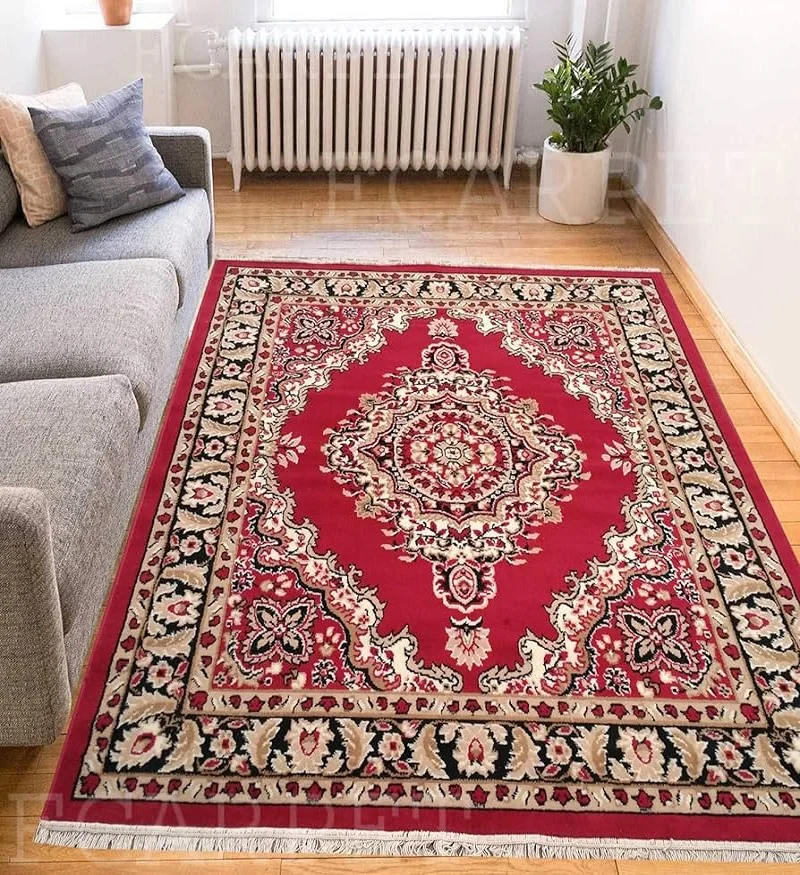In today’s world, sustainability isn’t just a trend—it’s a lifestyle choice. Homeowners and interior designers alike are seeking ways to make eco-conscious decisions without sacrificing style or comfort. One of the most impactful choices you can make in your home is the flooring, and eco-friendly carpet are leading the way. Combining aesthetics, durability, and sustainability, these carpets are becoming the go-to option for environmentally aware consumers.
Why Choose Eco-Friendly Carpets?
Traditional carpet production can have a significant environmental impact, from excessive water usage to the release of volatile organic compounds (VOCs) and non-recyclable materials. Eco-friendly carpets, however, are designed with sustainability in mind. By using natural fibers, recycled materials, and low-impact manufacturing processes, these carpets reduce your carbon footprint while enhancing the style and comfort of your home.
Not only are these carpets better for the planet, but they also improve indoor air quality. Many conventional carpets release VOCs, which can irritate the respiratory system and exacerbate allergies. Sustainable carpets made from natural fibers like wool, jute, or sisal are naturally low in VOCs, making them a healthier choice for your family.
Popular Sustainable Carpet Materials
When shopping for eco-friendly carpets, understanding the materials is key. Here are some of the most popular sustainable options:
Wool Carpets
Wool is a natural, renewable fiber that is durable, soft, and fire-resistant. It requires minimal chemical processing and can last for decades with proper care. Wool carpets are not only luxurious but also biodegradable, making them one of the most sustainable carpet choices.
Jute Carpets
Jute is a plant-based fiber that is both biodegradable and renewable. It offers a unique texture and earthy aesthetic, perfect for creating a natural, organic feel in your living space. While jute carpets are less resilient than wool, they’re ideal for low-traffic areas and eco-conscious design schemes.
Sisal Carpets
Sisal, derived from the agave plant, is known for its strength and durability. These carpets are naturally resistant to wear and tear and are biodegradable. Sisal carpets add a sophisticated, textured look to any room, combining functionality with eco-friendly appeal.
Recycled and Upcycled Carpets
Some modern carpets are made from recycled materials such as plastic bottles, discarded fabrics, or leftover production waste. These carpets help divert waste from landfills while providing vibrant, durable flooring options. Brands often use innovative weaving techniques to ensure the recycled carpets are as stylish and comfortable as traditional options.
Benefits of Eco-Friendly Carpets
Choosing sustainable carpets offers a range of advantages beyond environmental impact:
- Improved Indoor Air Quality: Natural fibers emit fewer VOCs, reducing harmful chemicals in your home.
- Durability: Many eco-friendly materials like wool and sisal are long-lasting, meaning fewer replacements and less waste.
- Unique Aesthetics: Eco-friendly carpets often feature natural textures and patterns that bring warmth and character to any room.
- Hypoallergenic Options: Materials like wool naturally resist dust mites and mold, making them ideal for allergy sufferers.
- Energy Savings: Wool carpets provide natural insulation, helping to reduce heating and cooling costs.
Stylish Ways to Incorporate Eco-Friendly Carpets
Sustainability doesn’t mean compromising on style. Eco-friendly carpets come in a variety of textures, colors, and patterns, making it easy to match any interior design scheme. Here are some tips:
- Layer with Rugs: Use jute or sisal rugs over hardwood or tile flooring to add texture and warmth.
- Bold Patterns in Bedrooms: Wool carpets with geometric designs or rich colors can create a cozy yet striking centerpiece.
- Natural Tones in Living Areas: Neutral shades of eco-friendly carpets enhance minimalistic or modern designs.
- Mix and Match Textures: Combining sisal, wool, and recycled fiber carpets can create a visually appealing layered effect.
Maintenance Tips for Longevity
Eco-friendly carpets are durable, but proper care ensures they last even longer:
- Regular Vacuuming: Prevent dirt buildup that can damage fibers over time.
- Spot Cleaning: Address spills immediately using eco-friendly cleaning solutions.
- Professional Cleaning: Occasionally, have your carpet professionally cleaned to maintain its appearance without harming the environment.
- Avoid Harsh Chemicals: Stick to natural or plant-based cleaners to protect both the carpet and the planet.
Conclusion
Sustainable living is no longer a choice reserved for a few—it’s becoming the standard, and eco-friendly carpet Abu dhabi play a vital role in creating healthier, more sustainable homes. By opting for carpets made from wool, jute, sisal, or recycled materials, you’re not only reducing your environmental impact but also enhancing the comfort, aesthetics, and air quality of your living space. Stylish, safe, and sustainable—these carpets prove that you don’t have to compromise beauty for responsibility.

